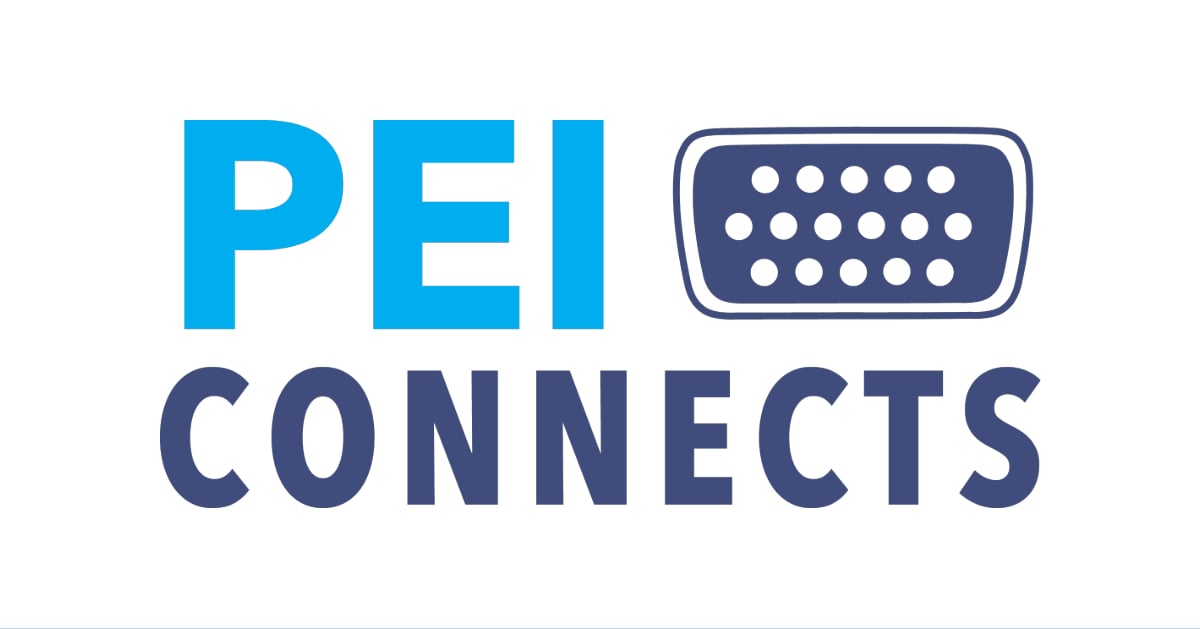We live in an electronics dependent world, and consequently, most applications must have reliable protection from electromagnetic interference (EMI) and radio frequency interference (RFI). EMI/RFI is unwanted stray electronic radiation which may enter or be emitted by an electronic system and could cause a disruption and degrade the system.There are a variety of ways to implement EMI/RFI shielding, but not all options are the same. Here are a few things to remember when choosing the right EMI/RFI shielding for your next project.
Plating
One of the common options for EMI/RFI shielding is plating, including both electroless plating and electroplating. Electroless plating uses deposits of copper, tin, nickel, or gold. The drawback of this method, however, is that the process can be both costly and time-consuming to apply.
Electroplating, using copper, chrome, or nickel, typically costs less than electroless plating. However, plating is not always the best approach to EMI/RFI shielding, especially when aggressive environments are to be expected.
Connector Backshells
Another solution available is the use of connector backshells that provide EMI and RFI protection. These backshells are available in both environmental and non-environmental backshells that offer 360-degree shield/screen termination facility for your circular connector. Additionally, various metal platings, nonmetal platings, and finishes make this circular backshell ideal for weight-restrictive operations.
There is a wide variety of catalog-off-the-shelf (COTS) options compatible with the most popular connector series, including MIL-DTL-38999, MIL-DTL-83723, MIL-DTL-5015 crimp versions, and MIL-DTL-26482 Series II. These connectors work well with both military and commercial applications.
High-performance designs – such as Amphenol backshells – are designed specifically for specific applications, like military usage with environmental protection. Recognize that all metal or metalized connectors can be shielded from EMI and RFI because they are, by nature, conductive materials.
Note that the non-environmental EMI/RFI protected connectors are ideal for climate-controlled work environments. Conversely, the environmental options are specially designed to withstand extremely harsh conditions, such as water, sand, wind, shock, and other hazards.
With environmental backshell options, multicore cables can be designed to provide EMI/RFI protection in the form of a braided metal sheath. The sheath must be taken to ground potential at one or both ends of the cable, via circular backshells.
Choosing the Best Backshell
Backshells intermate with a connector's rear end (termination side) geometry, and specifying one can be difficult due to the wide range of connector rear end design types, nut/bolt appearances, and assembly procedures. Here are the key things to keep in mind when specifying a backshell:
-
The type of connector to be used
-
The angle/profile you require (straight, 90°, or 45°)
-
The type of shielded termination
-
The coupling style you need (such as spin, self-lock, or direct)
Always pay attention to the overall requirements of your application. This includes exposure to high temperatures, potential chemical resistance issues, and other factors that can constrain design choices.
Comparable Choices for Shielded Backshells
Mil-Spec EMI/RFI Shielded Backshells
As mentioned, there are a few different routes you can go when it comes to an EMI/RFI shielded circular backshell. Mil-Spec backshells are generally kept in stock, which means you can pretty much depend on getting them delivered to your site quickly. They are also compatible with most connector series. The primary drawback of using Mil-Spec shielded backshells is the price, which can be relatively expensive compared to other options.
COTS EMI/RFI Shielded Backshells
COTS options offer a much lower price point than the Mil-Spec options, and there is a much larger, more comprehensive selection to choose from. In addition, COTS backshells can perform the exact same function as the Mil-Spec products at a fraction of the price. For example, PEI-Genesis offers ITT Cannon backshells in stock and ready to ship, the best solution for quickening installation and reducing lead times.
Customized Solutions
In applications where neither Mil-Spec nor COTS shielded backshells are a good fit, consider custom cable assemblies. Customized solutions share the same benefits as COTS products with the only drawback being increased pricing, an understandable compromise for customization. For more complex or comprehensive applications, customized designs can always be developed, even for the most challenging of specifications, unlike COTS options.
Shielded Cables
At PEI-Genesis, we have the Cable Assembly Cookbook with a variety of options that allow you to create a cable assembly ready for use within 48 hours. Using this resource gives you access to the types of EMI/RFI shielded cables available, including flexible braided sleeving, conductive tapes, heat shrink, and shield wrap. You can even choose between EMI/RFI cord grips and banding type solutions to fit your design.
Your Partner in EMI/RFI Shielded Solutions
PEI-Genesis is a globally trusted partner in providing EMI/RFI shielded solutions. Whether you need a TE connectivity backshell for use in environmental conditions or a customized solution to be used in a high-temperature work area with sand and dust, we can help you. Our experts will work with you to find the solution you need. Discover the EMI/RFI shielding your application needs with PEI-Genesis.












